Dermatologists often refer to light therapy as light therapy, which refers to the use of non-ionizing radiation to treat skin conditions. It mainly includes visible light therapy, ultraviolet therapy, photodynamic therapy, laser therapy, etc. Clinically, according to the patient's disease, the doctor selects the light wavelength that is beneficial to the treatment, and adjusts the energy according to the treatment response, so as to achieve the treatment effect and minimize the adverse reactions of the light.
The light radiation received during sun exposure includes ultraviolet, visible light and infrared rays. Therefore, phototherapy ≠ sun exposure. Excessive sun exposure may even lead to skin diseases such as sunburn and photoaging.

Visible light therapy refers to the application of visible light with a wavelength of 400-760 nm to treat diseases. Commonly used visible light therapy are red light therapy, yellow light therapy and blue light therapy.
Red light: It can penetrate the skin of 2-3mm, and has the functions of anti-inflammatory, inhibiting oil secretion, and promoting wound repair. and antibacterial.
Yellow light: It can penetrate 0.5-2mm of skin, and has the functions of reducing melanin content and promoting skin barrier repair.
Blue light: It can penetrate 1mm of skin and has antibacterial and oil secretion inhibiting effects. It is mainly used for acne, superficial bacterial or fungal infection of the skin and promotes the repair of skin barrier.
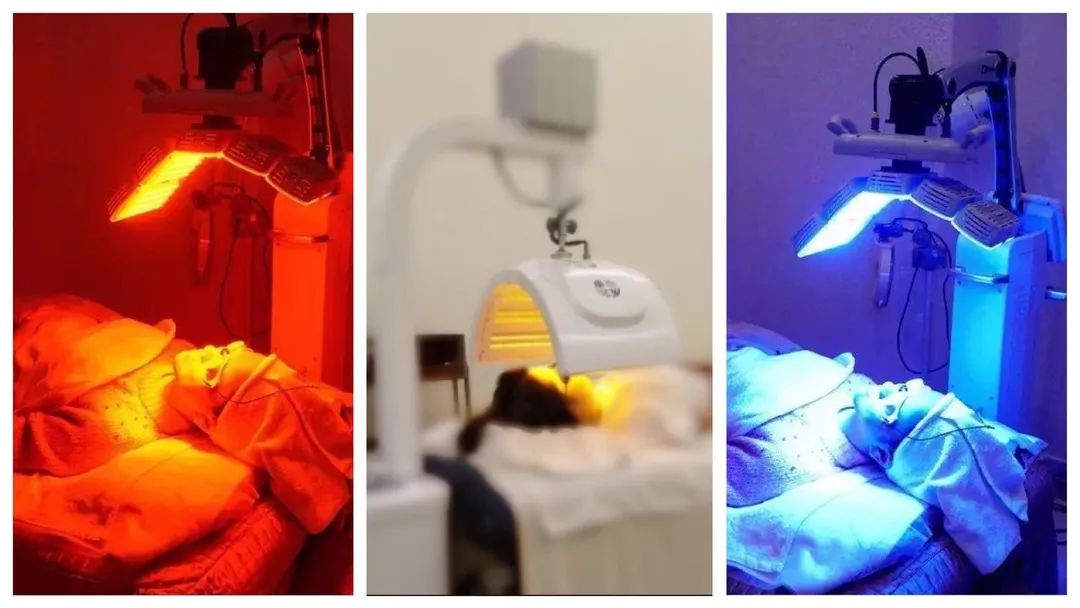
UV radiation can be divided into UVC (200-290nm), UVB (290-320nm) and UVA (320-400nm). At present, there are more applications including NB-UVB, 308nm excimer laser, PUVA, UVA1.
(1) Narrow-spectrum UVB (NB-UVB): UVB with a wavelength of 311-313nm, due to the narrow wavelength range, reduces many adverse reactions of ultraviolet rays, and transmits more energy while reducing sunburn.
Common indications include psoriasis, vitiligo, atopic dermatitis, mycosis fungoides, etc.
The main contraindications are lupus erythematosus, basal cell nevus syndrome and xeroderma pigmentosum; use with caution in patients with a history of arsenic, radiation exposure, melanoma and non-melanoma skin tumors.
(2) 308nm excimer laser: Using high-dose 308nm light-targeted phototherapy, it can only target the affected skin lesions. Compared with NB-UVB, excimer laser is more selective and is suitable for limited and stubborn skin lesions. Treatment of skin lesions, such as vitiligo, psoriasis, alopecia areata, etc.
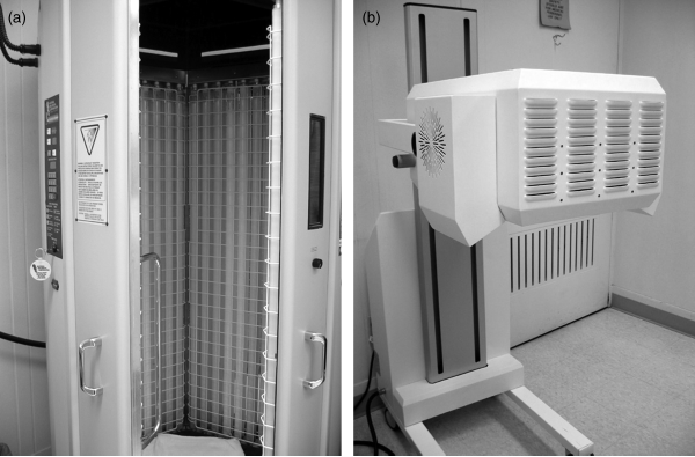
(3) PUVA: refers to the therapy of irradiating UVA after oral administration or external application of photosensitizers. Its mechanism of action is that photosensitizers form photocompounds with thymine in DNA under UVA irradiation, which inhibits the skin quality of DNA, thereby inhibiting cell proliferation and inflammation. .
Common indications include psoriasis, vitiligo, atopic dermatitis, mycosis fungoides, etc.
Contraindications include xeroderma pigmentosum, photosensitivity, long-term immunosuppression, radiation exposure, pregnant or lactating women, history of arsenic ingestion, melanoma and non-melanoma skin tumors, and liver disease. use.
Common adverse reactions: nausea and vomiting, erythema, itching, hyperpigmentation, dry skin, etc. During the treatment period, light-sensitive foods such as coriander and carrot are forbidden, and other light-sensitive drugs are prohibited or taken together with phenothiazines.
(4) UVA1: UVA1 with a wavelength of 340-400 nm can induce apoptosis and inhibit collagen synthesis in dermal fibroblasts.
Common indications include morphea, lichen sclerosus, atopic dermatitis, and others.
Contraindications are roughly the same as for PUVA.
Common adverse reactions: erythema, itching, hyperpigmentation, blister formation, photoaging, etc.

Photodynamic therapy relies on the interaction between visible light, photosensitizers, and oxygen. The photosensitizer accumulates in the diseased tissue and is excited under the irradiation of a specific wavelength of light or laser to generate reactive oxygen species (ROS), resulting in cell necrosis or apoptosis, resulting in necrosis of the diseased tissue and less damage to the normal tissue.
Indications include moderate to severe acne, warts, solar keratosis, Bowen's disease, basal cell carcinoma, etc.
Common adverse reactions include phototoxicity and pain.
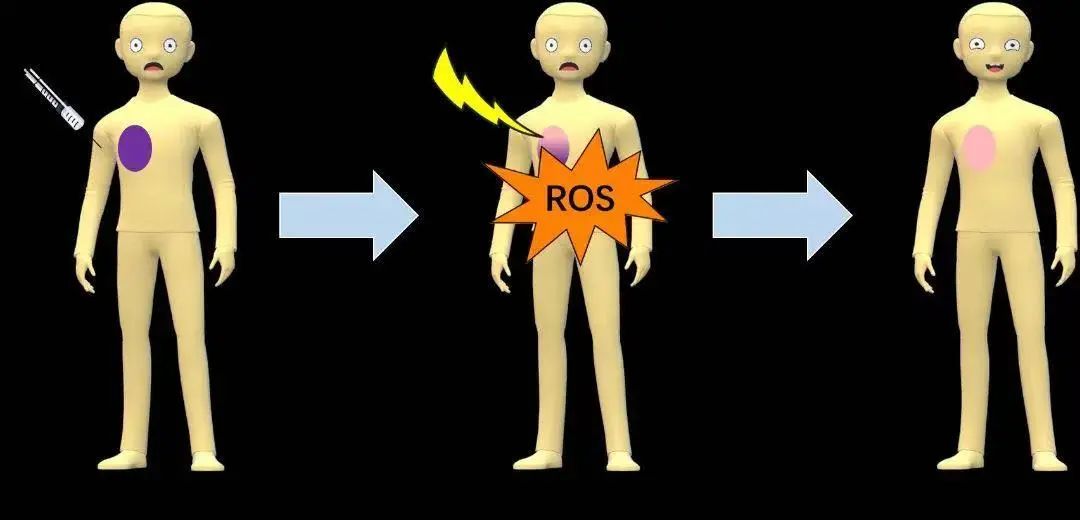
That is, "photorejuvenation" is a kind of multi-wavelength light. The light below 500nm and above 1200nm is filtered by the filter, and its spectral range is in the visible light to near-infrared light range above 500nm. It can be selectively absorbed by melanin, hemoglobin, water and other substances in the skin to exert different therapeutic effects (eg, epidermal hypopigmentation, shrink capillaries, increase collagen synthesis, etc.).
Intense pulse therapy has a wide range of indications and can be used for systemic skin treatment. Commonly used for photoaging skin, pigmented skin diseases (freckles, post-inflammatory pigmentation, etc.), vascular diseases (skin telangiectasia, erythema after CO2 laser, port-wine stains, etc.), sebaceous inflammatory lesions (acne, lipid epidermal dermatitis, etc.).
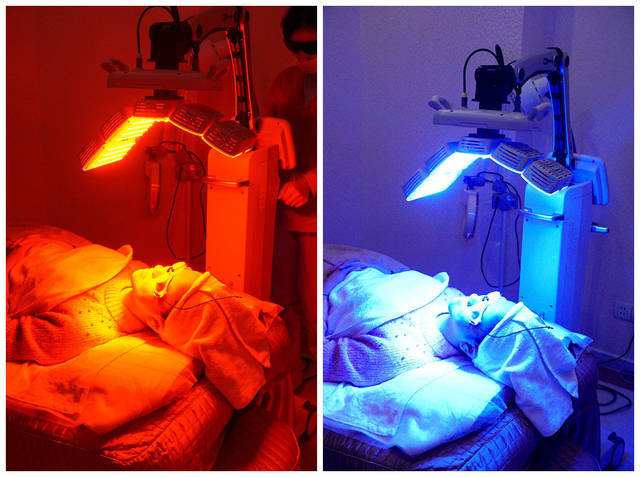
Lasers are optical amplification of stimulated radiation, each with a different single wavelength, and lasers of different wavelengths are used to treat different diseases.
For example, carbon dioxide laser is mainly absorbed by water and has a cutting effect, and is often used to treat epidermal pigment spots and skin growths; Q-switched laser is mainly absorbed by pigments and is used to treat pigmented skin diseases such as nevus of Ota, freckled nevus, and tattoos; He-Ne laser and GaAs semiconductor laser can promote the absorption of inflammation and wound repair, and are suitable for folliculitis, skin ulcers, etc.; Fractional laser is suitable for acne and acne scars, stretch marks, eyelid crow's feet and other fine lines around the eyes, freckles, etc. Pigmented lesions.
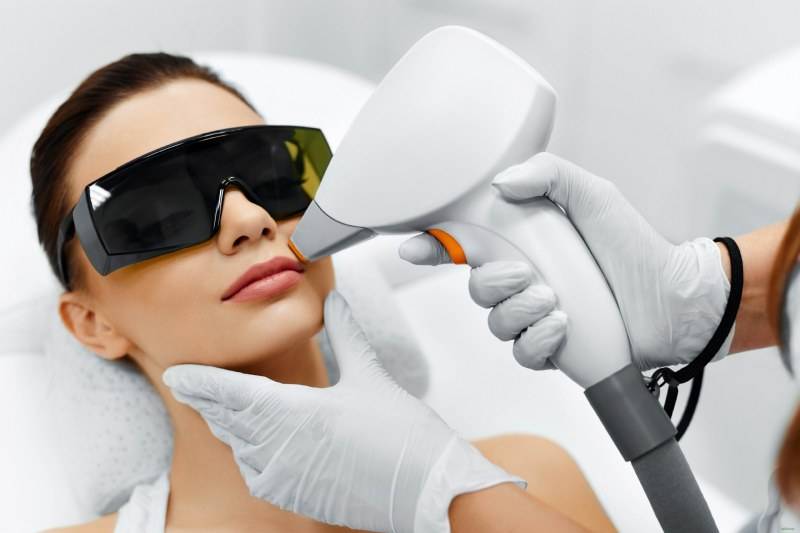
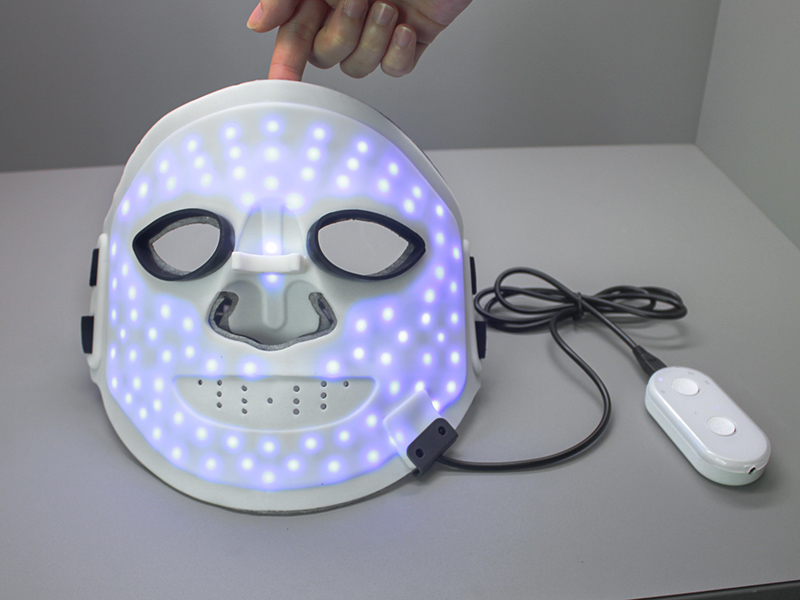
Copyright © 2022 Guangdong Newdermo Biotech Co.,Ltd. - newdermobeauty.com All Rights Reserved.